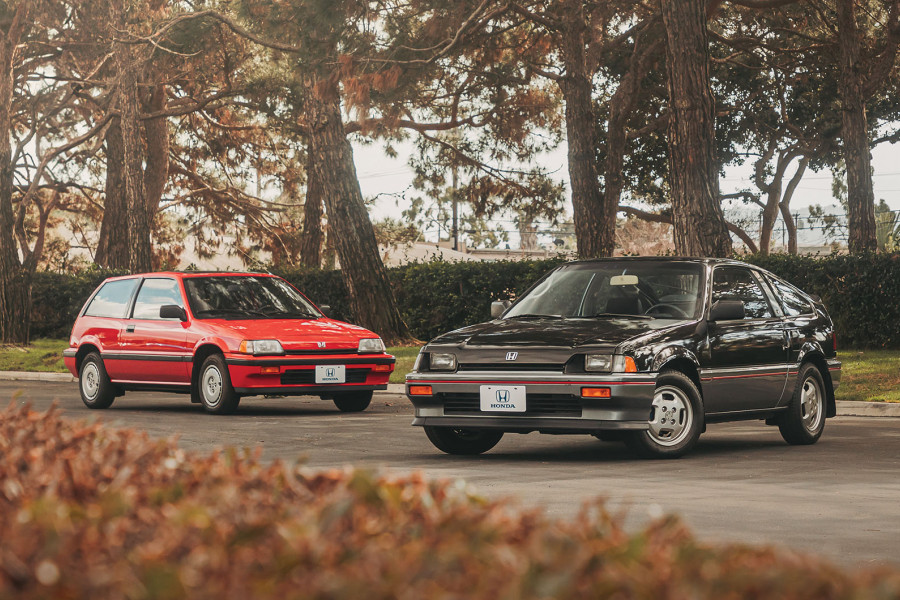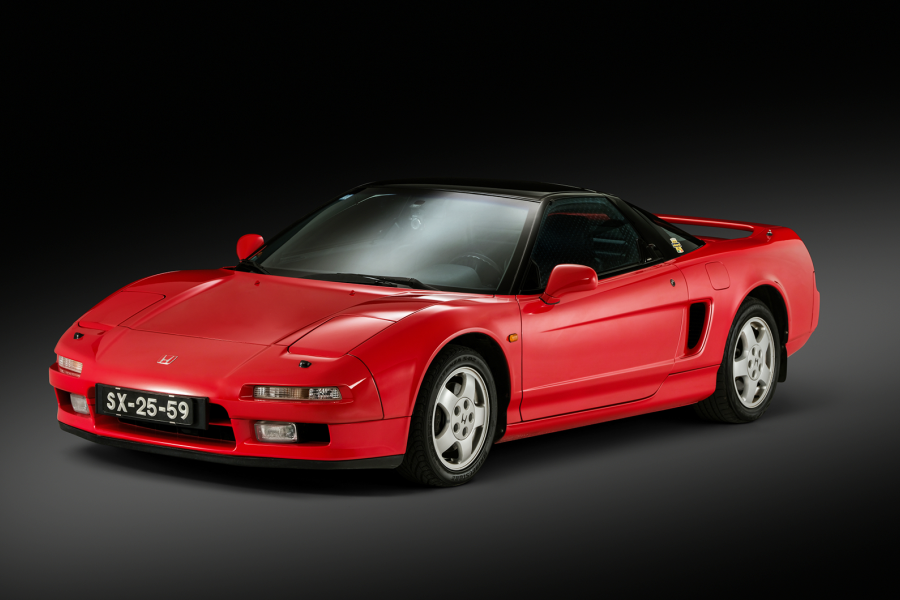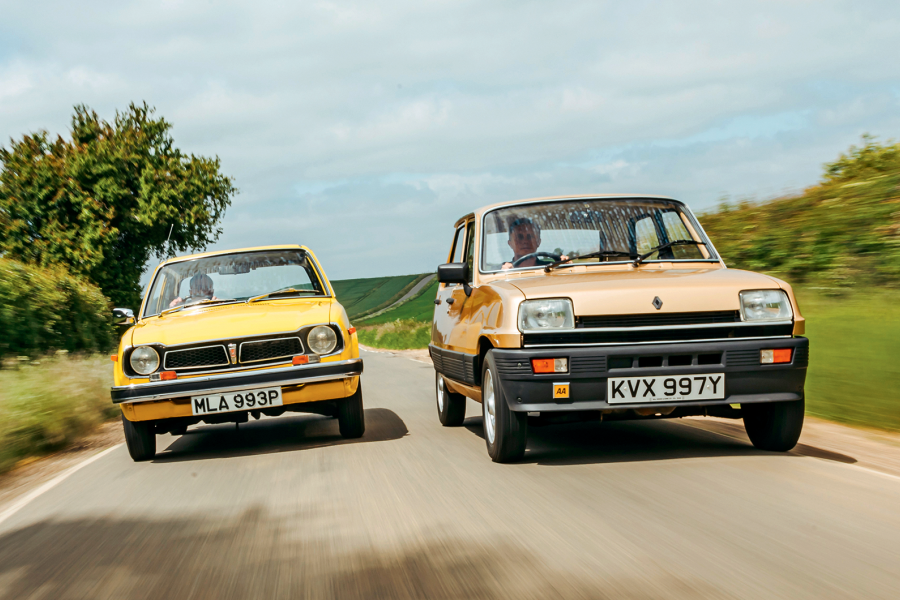But while it might not be the most dynamic hatchback of the past 25 years, that won’t bother devotees, who quickly become infected with mpg fever, perfecting their light-footed driving technique and seeking ever greater fuel economy – many owners have managed to get their cars to average over 100mpg, making it more frugal than most machines of the era, with the notable exception of its all-electric contemporaries.
The first of those belonged to Honda itself, which brought out its EV Plus all-electric hatchback in 1997, leasing around 300 examples before eventually pulling the plug two years later in favour of the Insight.
The most accomplished – and the biggest influence on the Insight, at least stylistically – was GM’s EV1, which began production in 1996 and could achieve 80-140 miles per charge.
More than 1000 were built but none were sold – as with Honda’s EV Plus, all were leased.
The Honda Insight proves hybrids can be cool
After realising that the model would never be profitable, the firm recalled and crushed all but a handful, with the only intact example residing in the Smithsonian.
In the European market, the Insight was challenged – albeit weakly – by Peugeot’s 106 Electric, which was hamstrung by woeful performance.
The French hatch mustered the equivalent of just 27bhp, took 8.3 secs to reach 30mph and fell 4mph short of reaching 60mph, all while taking six hours to charge with a range of – at best – just 45 miles.
Brim the Insight in London and you’ll be in John O’Groats before you have to think about visiting a service station.
Just 70 Honda Insights were sold in the UK
So far, Toyota’s Prius has won the battle of the petrol-electric hybrids.
Despite an inferior 41mpg, buyers – particularly in North America – were drawn to its more conventional styling, four doors and large boot.
By the time Honda updated the Insight with similar features in 2009, it could only better the first-generation Prius’ fuel economy by 1mpg.
Despite the Insight’s incredible fuel-saving credentials and cutting-edge technology, it never really took off in the UK, where Honda sold just 70.
The relatively high cost at launch of £17,000, a fear of tumbling residuals and controversial styling put many off, but perhaps the Honda Insight’s greatest failing was its lack of rear seats – a feature buyers associated more with weekend toys and sports cars than with a daily driver.
But for the devoted few, whether today or at the turn of the millennium, the inconveniences we so readily accept in the name of performance are a small price to pay for owning one of the most fuel efficient, characterful and intriguing cars of its generation.
Images: Tony Baker
This was first in our September 2018 magazine; all information was correct at the date of original publication
Factfile
Honda Insight
- Sold/number built 1999-2006/17,000+
- Construction extruded aluminium spaceframe, aluminium panels
- Engine all-alloy, 12-valve, 995cc three-cylinder VTEC, with 10kW DC current brushless electric motor
- Max power 67bhp @ 5700rpm (petrol only)
- Max torque 66lb ft @ 4800rpm (petrol only)
- Transmission five-speed manual or CVT, FWD
- Suspension independent, at front by MacPherson struts, anti-roll bar rear twist-beam rear axle with trailing arms, coil springs, telescopic dampers
- Steering power-assisted rack and pinion
- Brakes 9in (231mm) discs front, 7in (180mm) drums rear
- Length 12ft 11in (3945mm)
- Width 5ft 6½in (1695mm)
- Height 4ft 5in (1355mm)
- Wheelbase 7ft 10½in (2400mm)
- Weight 1840lb (835kg)
- 0-60mph 12 secs
- Top speed 112.5mph
- Mpg 81.3
- Price new £17,000
Enjoy more of the world’s best classic car content every month when you subscribe to C&SC – get our latest deals here
READ MORE
64 fuel-crisis classic cars
European Car of the Year at 60: the best of the best
28 forgotten electric classic cars
Greg MacLeman
Greg MacLeman is a contributor to and former Features Editor of Classic & Sports Car, and drives a restored and uprated 1974 Triumph 2500TC





















